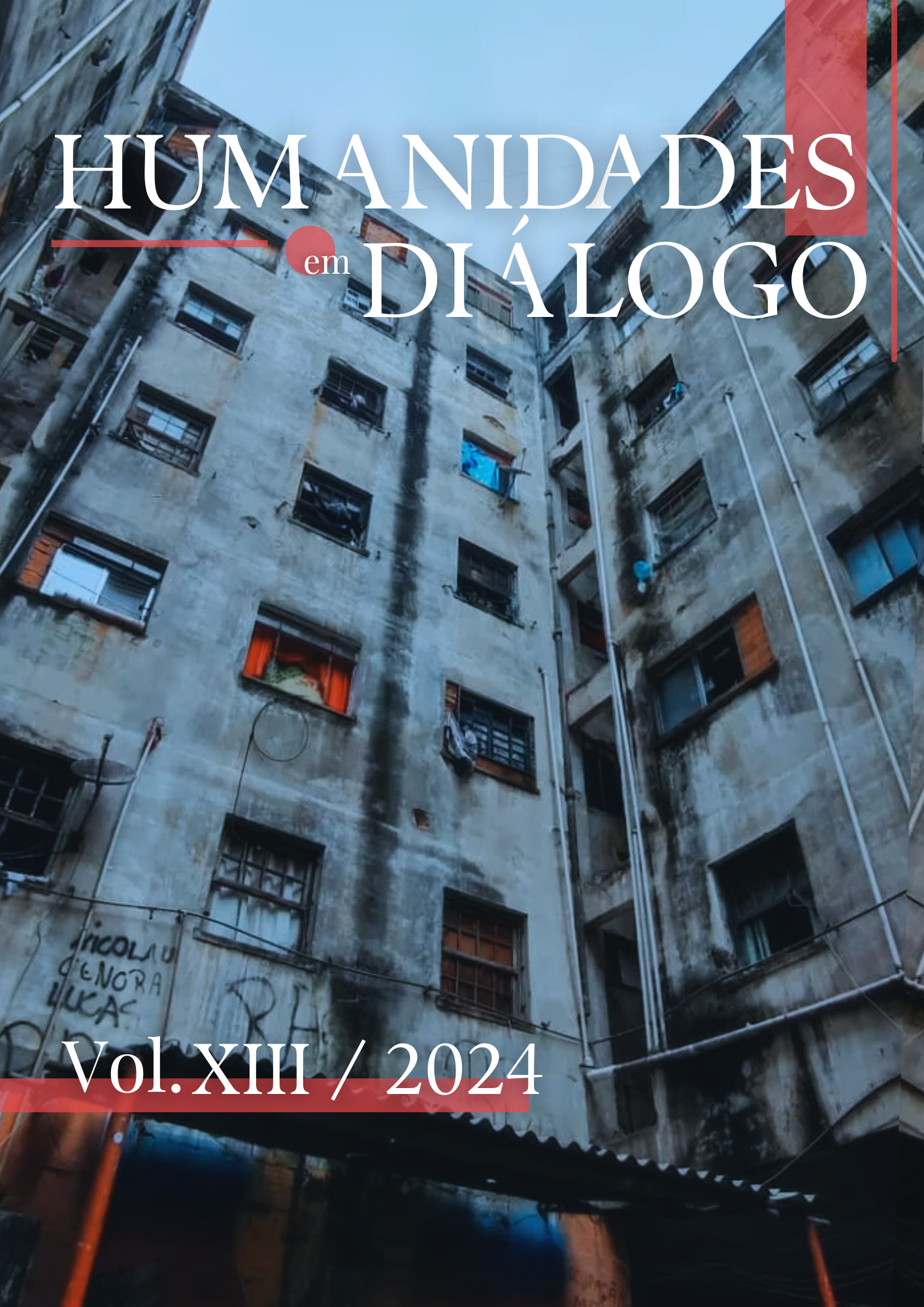The leather mask: the peak of human disfiguration
DOI:
https://doi.org/10.11606/issn.1982-7547.hd.2024.205553Keywords:
Art, Culture, Collage, Psychology, Philosophy, AestheticsAbstract
The classic leather mask used in masochistic rituals, despite hiding, reveals to us, according to Georges Bataille, “the very incarnation of chaos”: an adherent/artificial covering over faces, which brings with it something imaginary and profound. Familiarity fades away, and only the certainty of the unpredictable remains.
As Eliane Robert Moraes (2017) describes us, the face is the last stage of the long process of human disfigurement, which began in the mid-nineteenth century, in the figure of Lautréamont, and ended by Bataille, with his mythological acephalus. Since this decomposition of the human follows the decomposition of the divine figure, the masked woman, for Michel Leiris, becomes a new divinity: the horror of this faceless figure is sacred, as it is precisely the experience of non-being.
The first collage, made analogically, from clippings, compositions, overlays and decompositions of images, was composed of newspapers, origami paper and other clippings, on special black 120g paper, in A4 format.
The second collage, as opposed to the first, was made digitally on a smartphone app and carefully selected images from the internet, in a 1080x1350 pixel format. Both have compositions and framings that seek an urban, gothic and sensory aesthetic, in addition to bringing strong elements of Japanese bondage culture.
Downloads
References
REFERÊNCIAS BIBLIOGRÁFICAS
MORAES, E. R. O corpo impossível: a decomposição da figura humana: de Lautréamont a Bataille. 2.ed. São Paulo: Iluminuras, 2017.
RIBEIRO, C. N.; PINTO, J. M. Reduzir-se a nada: articulações entre o masoquismo, o feminino e a máscara . Psicologia USP, [S. l.], v. 23, n. 3, p. 503-521, 2012. DOI: 10.1590/S0103-65642012005000009. Disponível em: https://www.revistas.usp.br/psicousp/article/view/53516. Acesso em: 08/12/2022.
Downloads
Published
Issue
Section
License
Copyright (c) 2024 Gabriela de Melo Pereira

This work is licensed under a Creative Commons Attribution-NonCommercial-NoDerivatives 4.0 International License.



